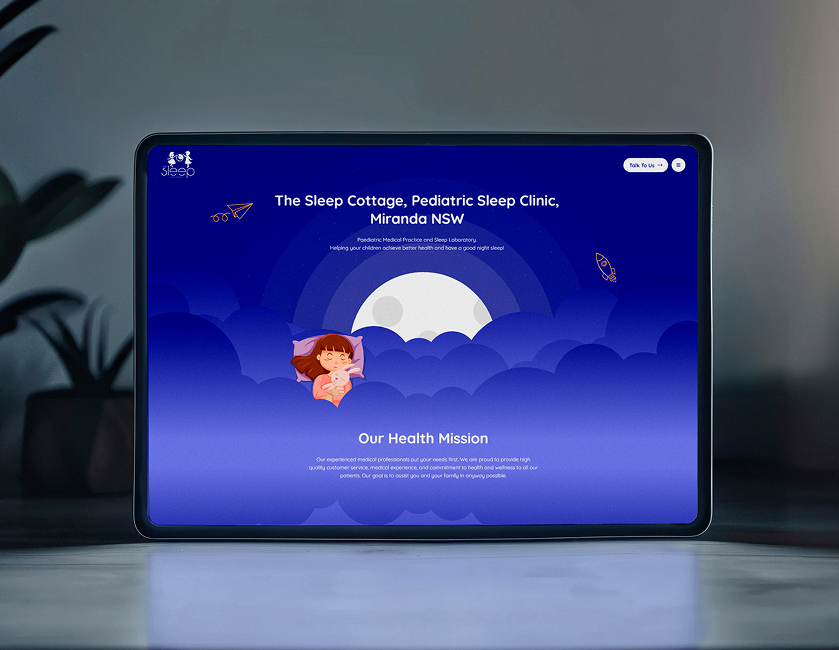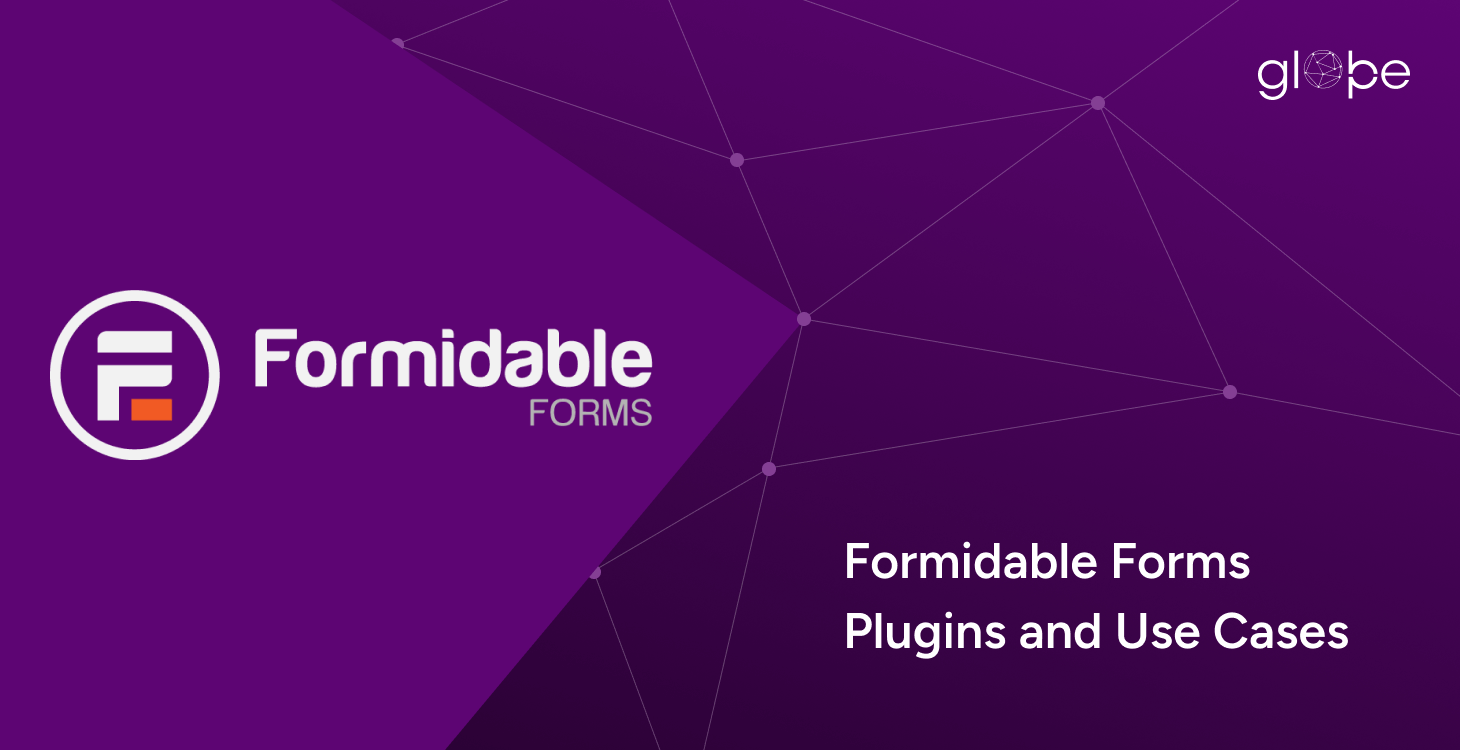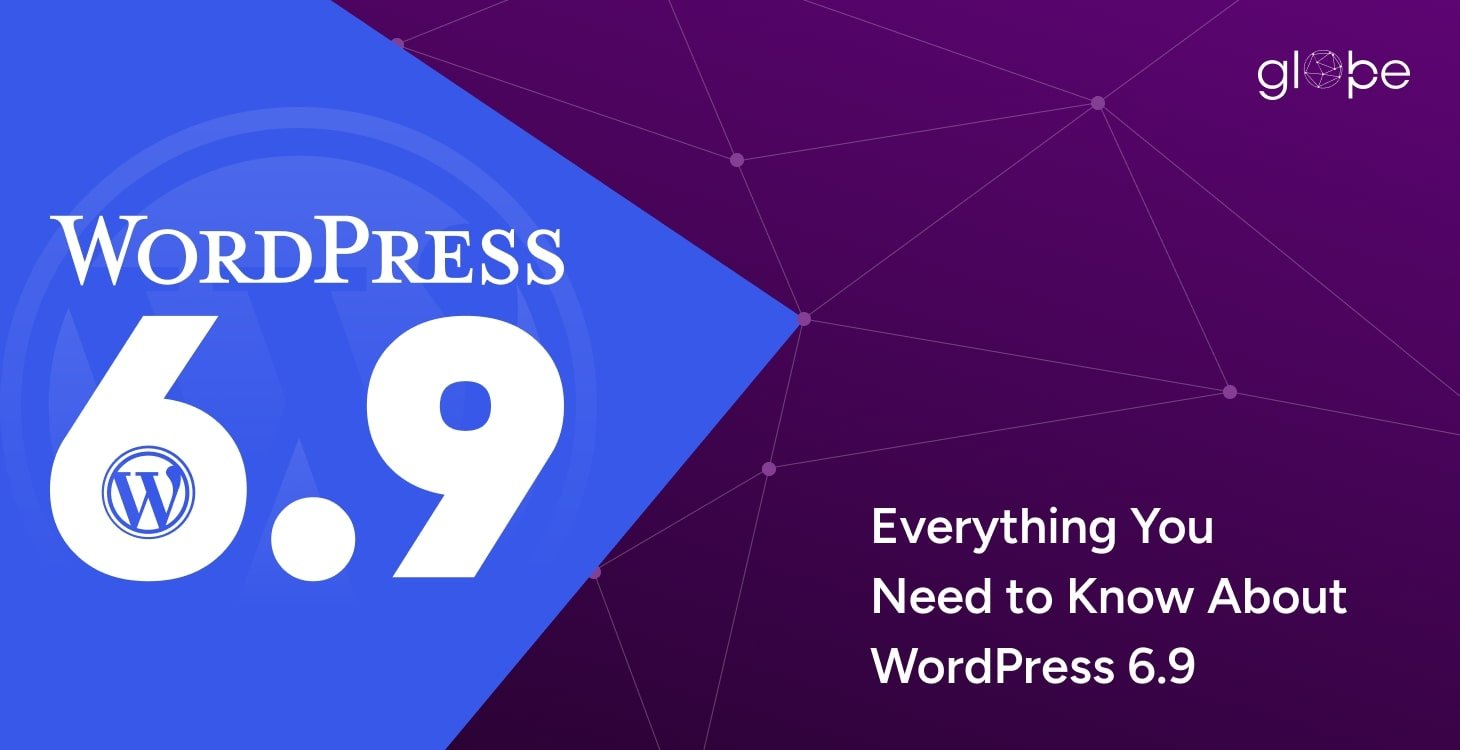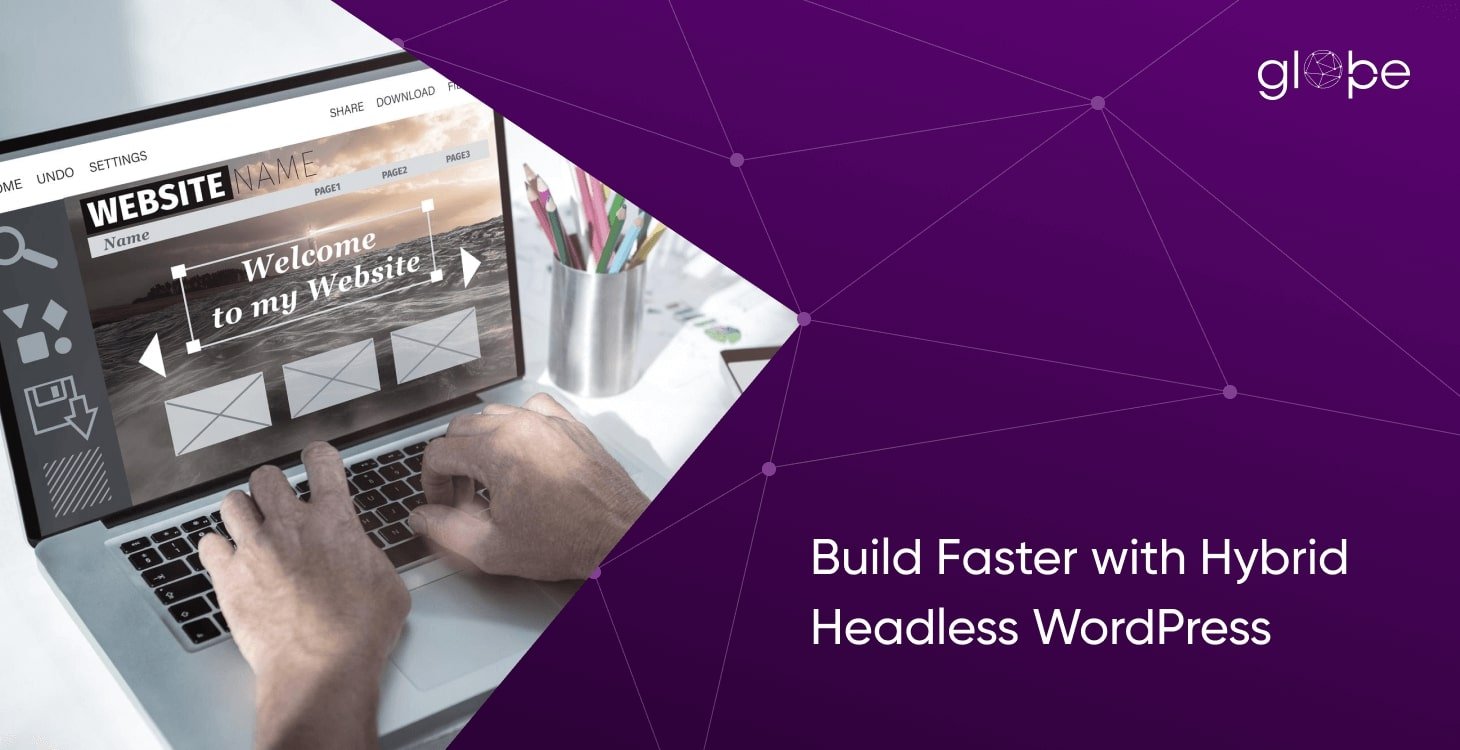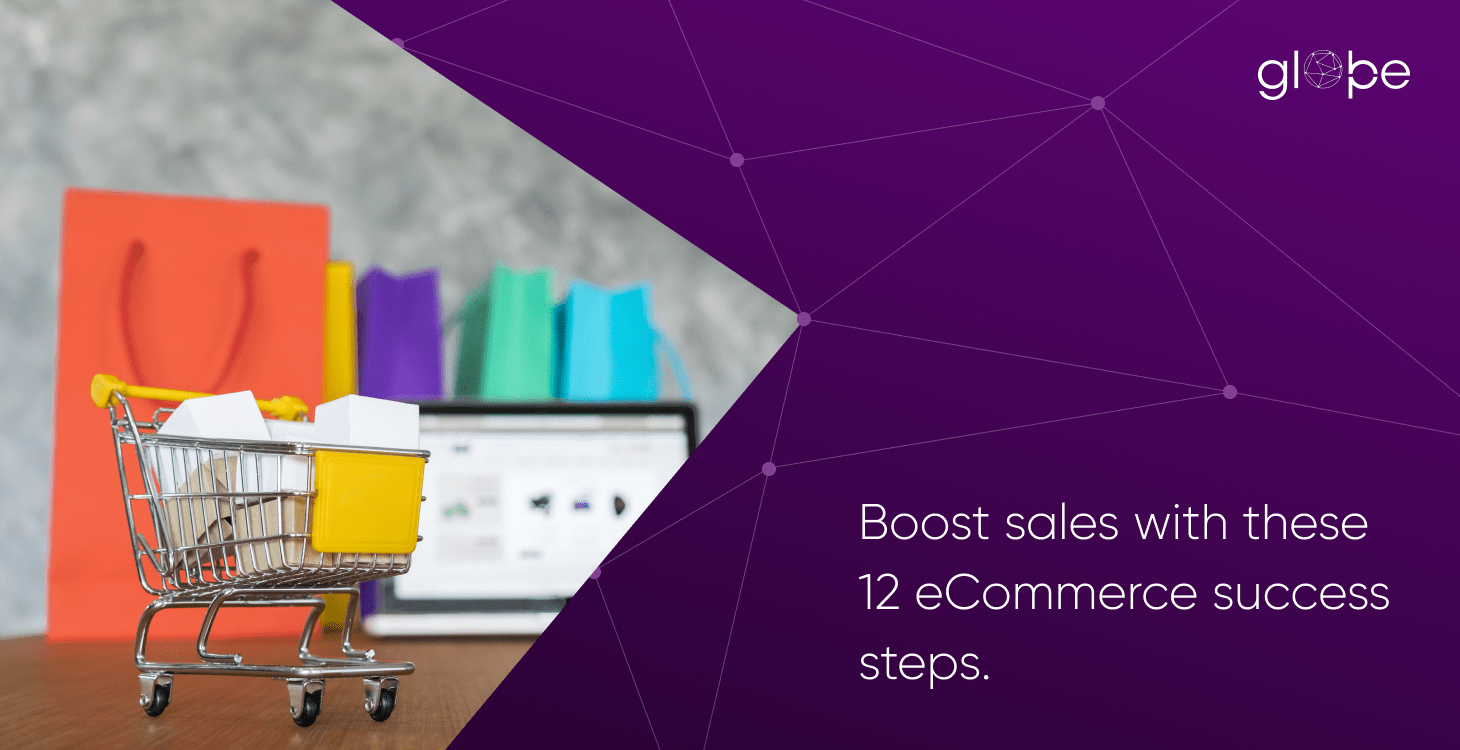
With global eCommerce sales projected to reach $8.1 trillion by 2026, businesses can no longer afford to overlook the power of online selling. Whether you're a small business owner, a startup, or a traditional retailer expanding online, a well-designed eCommerce website is essential for reaching a wider audience and maximizing sales. However, simply launching a website isn’t enough—customers today expect a fast, intuitive, and seamless shopping experience.
Leading brands like Amazon and Shopify-powered stores have set high standards for user experience, offering personalized recommendations, frictionless checkout, and mobile-optimized designs. In contrast, many businesses struggle due to slow website speed, complex navigation, or lack of trust signals, leading to lost sales. In fact, research shows that 53% of mobile users abandon a website if it takes more than 3 seconds to load.

To stay competitive, businesses must focus on developing an eCommerce website that not only showcases products but also ensures high customer satisfaction, trust, and effortless usability. This means prioritizing elements like website performance, mobile responsiveness, secure payments, and an optimized checkout process.
In this guide, we’ll walk you through the key steps to building an eCommerce website that meets customer needs, boosts engagement, and drives higher conversions. Whether you're launching your first online store or improving an existing one, these actionable insights will help you create a customer-friendly, high-converting eCommerce platform.
eCommerce Selling Statistics
The eCommerce landscape is experiencing unprecedented growth, reshaping how consumers shop and how businesses operate. Here are some compelling statistics that highlight the current trends and future projections in the eCommerce industry:
Global eCommerce Sales: According to current estimates, worldwide eCommerce sales reached an estimated $6.09 trillion, marking an 8.4% increase from the previous year. This upward trajectory is expected to continue, with projections indicating sales will surpass $8 trillion by 2027.
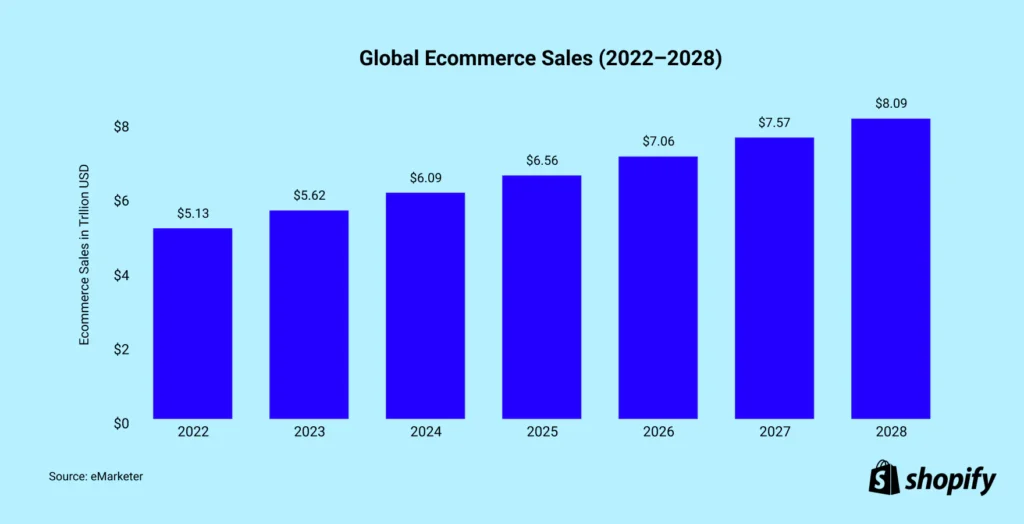
Mobile Commerce Dominance: Mobile devices have become a primary channel for online shopping. In 2024, mobile commerce accounted for 57% of total eCommerce sales, equating to approximately $2.07 trillion. Forecasts suggest this figure will rise to $3.35 trillion by 2028, representing 63% of the eCommerce market.
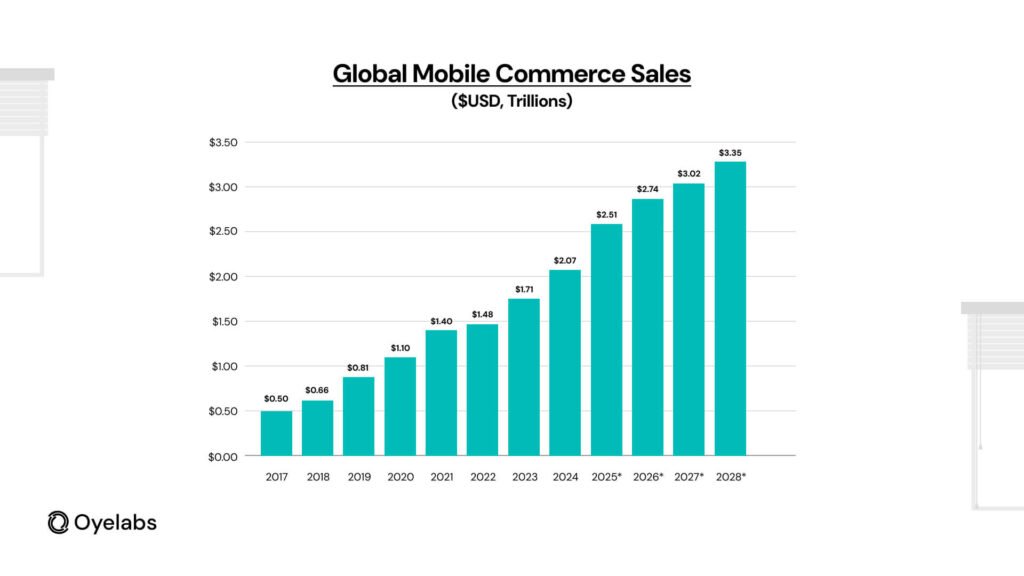
U.S. eCommerce Growth: The United States continues to see robust eCommerce expansion. In the third quarter of 2024, U.S. retail eCommerce sales were estimated at $300.1 billion, a 2.6% increase from the previous quarter, and a 7.4% rise compared to the same period in 2023.
Social Media Shopping: Social commerce is becoming a significant sales channel. In 2024, 21% of shoppers globally made purchases via social media platforms, with the UK figure exceeding 25%. Notably, 76% of UK consumers plan to buy directly through social media this year, underscoring the importance of integrating shopping features on platforms like TikTok and Instagram.
Holiday Shopping Trends: The 2024 holiday season saw record-breaking online sales. Black Friday eCommerce sales in the U.S. reached $10.8 billion, a 10.2% increase from 2023. Retailers leveraging artificial intelligence experienced a 9% higher conversion rate, highlighting the impact of AI-driven tools in enhancing customer engagement and sales.
These statistics underscore the dynamic and rapidly evolving nature of the eCommerce industry. Businesses aiming to thrive in this environment must stay informed about these trends and adapt their strategies accordingly to meet the ever-changing demands of the digital marketplace.
Why Create an eCommerce Website?
The global shift towards digital shopping has made having an eCommerce website essential for businesses looking to grow, expand, and stay competitive. Whether you're a small business owner, a startup, or a brick-and-mortar retailer, investing in eCommerce website creation is no longer optional—it’s a strategic necessity.
Here’s why launching an eCommerce store is a game-changer for businesses today:
Reach a Global Audience & Expand Market Opportunities
Unlike physical stores that are limited by geography, an eCommerce website allows you to sell to customers worldwide. Businesses that expand online see an average revenue growth of 20% annually, as they tap into new markets and cater to a wider customer base.
Example: Nike’s DTC (Direct-to-Consumer) online sales surged by 35% in 2023, proving how brands can thrive by owning their digital storefront.
Lower Operational Costs Compared to Physical Stores
Running a traditional brick-and-mortar store comes with high rental, maintenance, and staffing costs. In contrast, an eCommerce website requires lower overhead expenses, making it a cost-effective way to start and scale a business.
Stat: A study by Shopify found that businesses operating online-only save up to 40% on expenses compared to physical stores.
24/7 Availability – Sell Anytime, Anywhere
An eCommerce website never closes—customers can shop anytime, from any location. Unlike physical stores that operate on fixed hours, online stores cater to consumers around the clock, leading to higher sales potential.
Fact: Over 60% of online purchases happen outside of regular business hours, proving the importance of having an always-available store.
Improved Customer Insights & Data-Driven Decisions
With an eCommerce website, businesses can track customer behavior, preferences, and purchasing patterns through analytics tools. This data helps in personalizing shopping experiences, optimizing marketing strategies, and increasing conversions.
Example: Amazon’s AI-powered recommendation engine contributes to 35% of its total sales by using customer data to suggest relevant products.
Greater Scalability & Business Growth
An eCommerce website grows with your business. Whether you start with a small product catalog or expand into a full-scale online marketplace, scaling is easier and more efficient compared to physical expansion.
Fact: Businesses that integrate automation in order fulfillment, AI chatbots, and personalized marketing grow their revenue 2.5 times faster than those relying on manual operations.
Enhancing Brand Control & Customer Experience
Selling on third-party platforms (like Amazon, eBay, or Etsy) limits your brand control and customer relationships. By owning an eCommerce website, you can:
- Customize your brand identity (logos, design, user experience).
- Offer exclusive promotions and loyalty programs.
- Build long-term customer relationships without platform restrictions.
Example: Gymshark transitioned from third-party selling to its own eCommerce website and saw its revenue grow by 233% in a single year.
Increased Profit Margins & Direct Sales
When selling through marketplaces, businesses pay commission fees ranging from 10% to 30% per sale. By having an eCommerce website, you:
- Keep 100% of your profits.
- Avoid dependency on third-party platforms.
- Reduce transaction fees by integrating preferred payment gateways.
Fact: Brands that shift to direct-to-consumer (DTC) sales see an average profit margin increase of 15-20%.
How to Make an eCommerce Website in 12 Steps
Creating a high-performing eCommerce website requires more than just setting up an online store. To attract customers and drive sales, your website must be optimized for usability, speed, and customer satisfaction.
Here’s a step-by-step guide to help you build an eCommerce website that meets business goals and customer needs.
Define Your Target Audience
Before diving into eCommerce website creation, you need a clear understanding of who your customers are. A well-defined target audience ensures that your website design, product offerings, and marketing strategies align with their preferences and pain points.
Understanding Customer Pain Points and Preferences
Ask yourself:
- Who are my ideal customers? (Age, location, interests, shopping behavior)
- What problems does my product solve? (Convenience, pricing, quality)
- What influences their buying decisions? (Reviews, discounts, fast shipping)
For example, a luxury fashion store will have a different website design and user experience than a budget-friendly electronics retailer.
Conducting Market Research for Better User Insights
Use tools like Google Analytics, Facebook Audience Insights, and customer surveys to gather data on:
- User demographics – Who is visiting competitor websites?
- Search trends – What are people searching for in your niche?
- Buying behavior – What factors influence customer decisions?
By understanding your target audience, you can create a website that resonates with their expectations and boosts conversions.
Choose the Right eCommerce Platform
Your choice of eCommerce platform impacts your store’s functionality, scalability, and overall user experience.
Popular eCommerce Platforms
- WooCommerce – Best for WordPress users; customizable and cost-effective.
- Shopify – Ideal for beginners; easy setup with built-in features.
- Magento (Adobe Commerce) – Best for enterprise businesses; requires technical expertise but offers unlimited customization.
How to Select Based on Scalability, Budget & Features
When choosing a platform, consider:
- Scalability – Will it support business growth as sales increase?
- Customization – Does it offer custom themes, plugins, and APIs?
- Cost – Are there monthly fees, transaction fees, or hidden costs?
- Ease of use – Can you manage products, payments, and orders effortlessly?
Example: A small business owner starting an online store with a limited budget might prefer WooCommerce or Shopify, while a large enterprise may choose Magento for advanced customization.
Not sure which eCommerce platform is right for you?
Let Glopbe’s experts help you build a scalable, high-performing online store.

Prioritize User-Friendly Navigation
A well-structured website improves customer experience, reduces bounce rates, and increases conversions. If users can’t find what they’re looking for quickly, they’ll leave.
Simple, Clear Menus and Categories
- Keep navigation menus minimal and intuitive.
- Use clear product categories (e.g., "Men’s Shoes," "Women’s Accessories").
- Add breadcrumbs to help users navigate back to previous pages easily.
Example: Amazon uses a structured mega menu that organizes products logically, making it easy for customers to browse multiple categories.
Easy-to-Find Search Functionality
- Implement a smart search bar with auto-suggestions.
- Enable filters and sorting options for product searches.
- Display a "Recently Viewed Products" section to improve user experience.
Fact: Websites with an optimized search function increase conversions by 30% as users find products faster.
Keep It Mobile-Responsive
With 72% of eCommerce transactions happening on mobile devices, a mobile-optimized website is non-negotiable.
Importance of a Mobile-Friendly Experience
- Google prioritizes mobile-friendly sites in search rankings (Mobile-First Indexing).
- 67% of users are more likely to buy from a mobile-friendly website.
- A poor mobile experience leads to higher bounce rates and lost sales.
Optimizing Speed and Design for Mobile Users
- Use responsive design – Your website should adapt seamlessly to different screen sizes.
- Compress images to reduce load time without compromising quality.
- Ensure clickable buttons & easy checkout – Make CTA buttons larger and easy to tap on mobile screens.
Example: Brands like Nike and Zara invest in mobile-first design, ensuring smooth scrolling, quick page loads, and effortless navigation.
Optimize Website Performance & Speed
A fast-loading website improves user experience, reduces bounce rates, and boosts conversions. 47% of users expect a webpage to load in 2 seconds or less.
Fast Loading Pages and Optimized Images
- Minimize image file sizes without reducing quality (use formats like WebP).
- Enable browser caching to speed up returning visits.
- Use a Content Delivery Network (CDN) to serve content faster globally.
- Fact: A 1-second delay in page load time can cause a 7% drop in conversions.
Choosing the Right Hosting Provider
- Select a high-performance hosting service with fast servers (e.g., Cloudways, SiteGround, Bluehost).
- Consider a dedicated or VPS hosting plan for better performance instead of shared hosting.
- Use lazy loading to improve speed by only loading images when needed.
Example: Walmart improved its site speed by 1 second, resulting in a 2% increase in conversions and better user engagement.
Secure and Seamless Payment Options
A smooth and secure payment experience is critical for boosting customer trust and preventing cart abandonment. Studies show that 17% of shoppers abandon their carts due to a lack of preferred payment methods, and 18% leave due to security concerns. Implementing multiple payment options and ensuring a safe checkout process can significantly improve conversion rates.
Multiple Payment Gateways (PayPal, Stripe, etc.)
Offering a variety of payment options caters to different customer preferences:
- Credit/Debit Cards – Visa, Mastercard, American Express
- Digital Wallets – PayPal, Apple Pay, Google Pay
- Buy Now, Pay Later (BNPL) – Klarna, Afterpay, Affirm
- Cryptocurrency Payments – Bitcoin, Ethereum (for tech-savvy customers)
Example: Shopify stores that integrate multiple payment gateways see a 15% increase in completed purchases compared to stores that offer only one payment method.
Ensuring a Secure Checkout Process
- Implement SSL encryption to protect sensitive payment information.
- Use fraud detection tools (e.g., Stripe Radar, PayPal Fraud Protection).
- Display security badges (e.g., McAfee Secure, Norton Secured) to build trust.
- Enable two-factor authentication (2FA) for added security.
A seamless and secure payment process ensures customer confidence, reduces abandoned carts, and improves conversions.
High-Quality Product Pages
Your product pages should convince customers to buy by providing compelling details, high-quality visuals, and social proof. 87% of online shoppers say product content influences their purchase decisions.
Compelling Product Descriptions and Images
- Use clear, benefit-driven descriptions instead of generic text.
- Highlight features, materials, dimensions, and key benefits.
- Add high-resolution images with multiple angles and zoom functionality.
- Include product demonstration videos for better engagement.
Example: Zappos saw a 30% increase in sales after adding 360-degree product images to its product pages.
Use of Customer Reviews and Ratings
- Show real customer reviews and average ratings.
- Highlight verified purchases to add credibility.
- Display user-generated content (UGC) like customer photos or testimonials.
Stat: 95% of shoppers read reviews before making a purchase, and displaying them increases conversion rates by 270%.
Personalized User Experience
Personalization is key to boosting engagement and customer retention. 80% of consumers are more likely to buy from brands that offer personalized experiences.
AI-Driven Recommendations and Dynamic Content
- Use AI-powered product recommendations ("You may also like" or "Frequently Bought Together").
- Show personalized homepage offers based on user browsing history.
- Implement dynamic pricing based on customer behavior and demand.
- Example: Amazon’s recommendation engine contributes to 35% of total sales by suggesting products based on previous purchases.
Customer Segmentation and Targeted Promotions
- Offer exclusive deals based on customer behavior (e.g., first-time buyers vs. repeat customers).
- Send personalized email campaigns with product suggestions.
- Use location-based targeting to show region-specific offers.
Fact: Personalized marketing emails generate 6x higher transaction rates than generic emails.
SEO & Content Strategy for Traffic Growth
A well-optimized eCommerce website attracts organic traffic and ranks higher on search engines. 75% of users never scroll past the first page of search results, making SEO optimization essential for visibility.
Optimizing Product Pages for Search Engines
- Use keyword-rich product titles (e.g., "Waterproof Hiking Boots for Men – Lightweight & Durable").
- Write SEO-friendly descriptions incorporating long-tail keywords.
- Optimize image alt text and meta descriptions for search ranking.
- Implement structured data (schema markup) for rich snippets.
Example: Brands that optimize their product descriptions and meta tags see a 32% increase in organic search traffic.
Blogging and Content Marketing Strategies
- Publish how-to guides, product comparisons, and industry insights.
- Create listicles and gift guides for seasonal shopping trends.
- Use internal linking to keep users engaged on your site.
Stat: Websites with active blogs generate 67% more leads than those without one.
Seamless Checkout & Cart Optimization
Cart abandonment rates remain high at 69.99%, often due to a complicated checkout process. A smooth checkout experience significantly increases conversion rates.
- Reducing Cart Abandonment with a Simple Checkout Process
- Use a one-page checkout instead of multiple steps.
- Offer multiple payment options to cater to all customers.
- Show transparent pricing (avoid unexpected fees at checkout).
- Example: ASOS reduced cart abandonment by 50% by simplifying its checkout process.
Offering Guest Checkout and Auto-Fill Options
- Enable guest checkout to avoid forced account creation.
- Use auto-fill features to save user time.
- Allow social logins (Google, Facebook, Apple ID) for quicker sign-in.
Fact: Websites that offer guest checkout see 35% more completed purchases.
Reliable Customer Support & Chatbots
Customers expect quick and efficient support when shopping online. Delayed responses can lead to lost sales and poor customer satisfaction.
24/7 Support Options (Live Chat, AI Chatbots, FAQs)
- Implement AI chatbots for instant query resolution.
- Offer live chat support during business hours.
- Create a detailed FAQ section to answer common questions.
- Example: Brands using AI-powered chatbots experience a 20% boost in conversions by resolving issues instantly.
Building Trust with Responsive Communication
- Provide quick email and phone support.
- Follow up with personalized responses to complaints or inquiries.
- Encourage customers to leave feedback and respond to reviews.
Fact: 89% of consumers say they are more likely to make another purchase after a positive customer service experience.
Testing & Continuous Improvement
Your eCommerce website must evolve based on user behavior and market trends. Regular testing ensures higher conversions and a seamless shopping experience.
A/B Testing Different Elements for Better Conversion
- Test different product page layouts, CTA buttons, and pricing formats.
- Experiment with discount strategies (flat-rate discounts vs. percentage off).
- Analyze color schemes, checkout button placements, and shipping options.
- Example: Companies that A/B test their checkout pages see an average revenue increase of 26%.
Regular Website Updates Based on Analytics
- Use Google Analytics & heatmaps to track customer behavior.
- Identify drop-off points in the sales funnel and optimize them.
- Improve loading speed, mobile experience, and navigation flow regularly.
Fact: Businesses that update their website design and content regularly see a 15-20% boost in revenue over time.
Conclusion
Building an eCommerce website that meets customer needs requires strategic planning, user-focused design, and continuous optimization. From selecting the right eCommerce platform to ensuring seamless navigation, mobile responsiveness, high-quality product pages, and a frictionless checkout process, every element plays a crucial role in enhancing user experience and boosting conversions.
By implementing secure payment gateways, personalized shopping experiences, SEO-driven content strategies, and strong customer support, businesses can increase customer trust, drive organic traffic, and maximize sales. Additionally, A/B testing and continuous improvements ensure that your online store stays competitive and evolves with changing customer behaviors and market trends.
Ready to develop an eCommerce website that stands out? Whether you're launching a new online store or optimizing an existing one, Glopbe’s WordPress development experts can help you create a high-performing, conversion-optimized eCommerce website tailored to your business goals.
Get in touch today and take the next step toward eCommerce success!
Choose the Right eCommerce Platform
Not sure which eCommerce platform is right for you?
Let Glopbe’s experts help you build a scalable, high-performing online store.
Contact us today!
